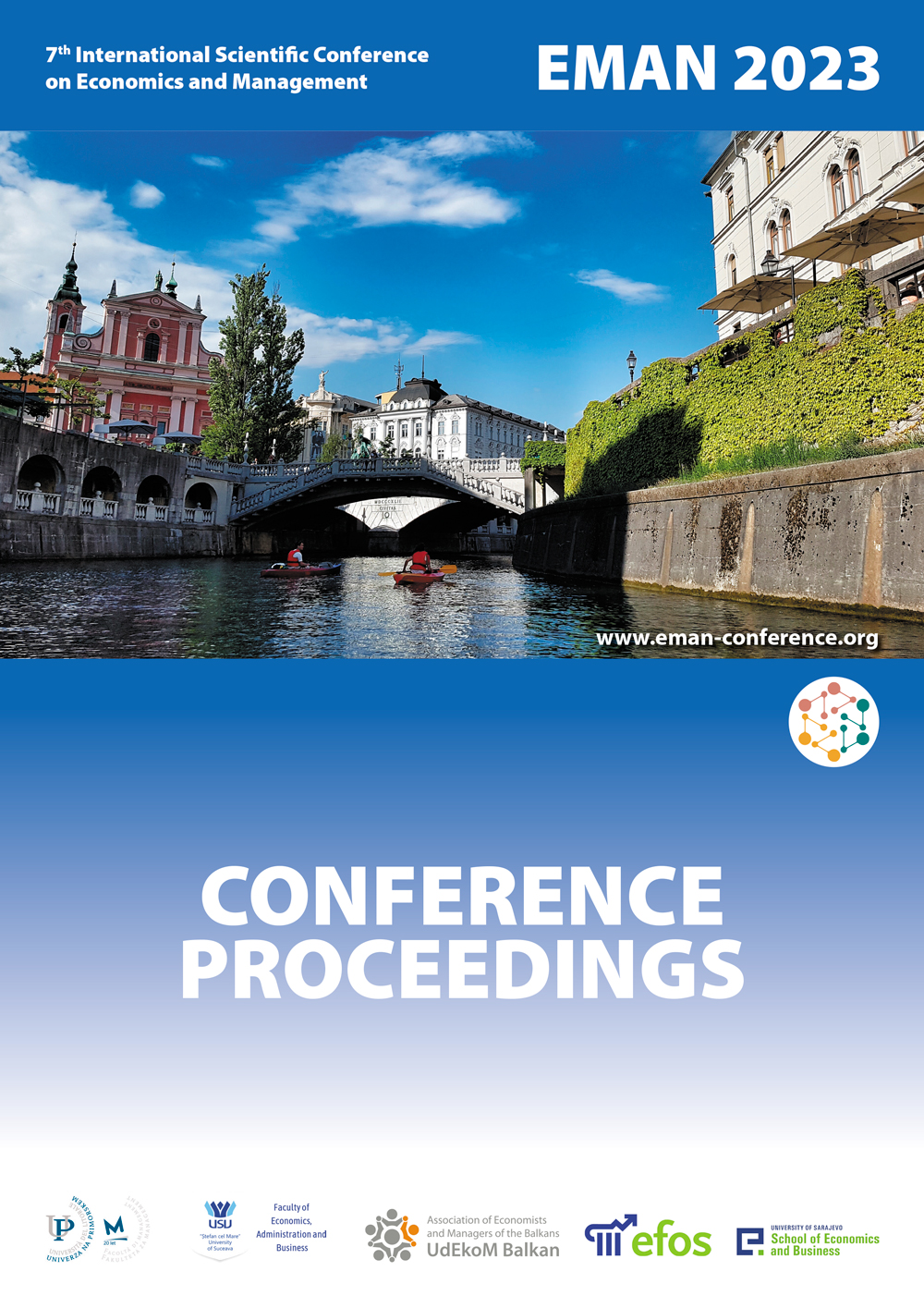Interesne skupine i veličina javnog sektora: Postoji li veza?
Interest Groups and the Size of the Public Sector: Is There a Relationship?
Author(s): Silvia Golem
Subject(s): Social Sciences, Economy
Published by: Udruženje ekonomista i menadžera Balkana
Keywords: Lobbying; Public sector; Concept measurement
Summary/Abstract: Well-organized and powerful interest groups can benefit from various government actions to the detriment of the general population of taxpayers. In exchange for such favors, special interest groups offer political support directly or indirectly by influencing the views of the general public, or both. The benefits to each individual of small special interest lobbying groups can be enormous, while the costs of such political “transactions” are usually distributed through higher taxes (or debt) to the entire population of taxpayers. Consequently, the costs to the average taxpayer appear small and are therefore likely to be tolerated. As a result, there is little cost to the government to satisfy interest group demands, while the (political) benefits can be substantial. In this way, interest groups can ultimately influence the actions of the government and its share in the economy. However, not all interest groups are equally effective in achieving their goals. The main goal of this paper is to investigate theoretical assumptions and empirical attempts to assess the relationship between the size of the public sector in the economy and interest groups.
Book: EMAN 2023 / 7 – Economics & Management: How to Cope with Disrupted Times - CONFERENCE PROCEEDINGS
- Page Range: 401-406
- Page Count: 6
- Publication Year: 2023
- Language: Croatian
- Content File-PDF

